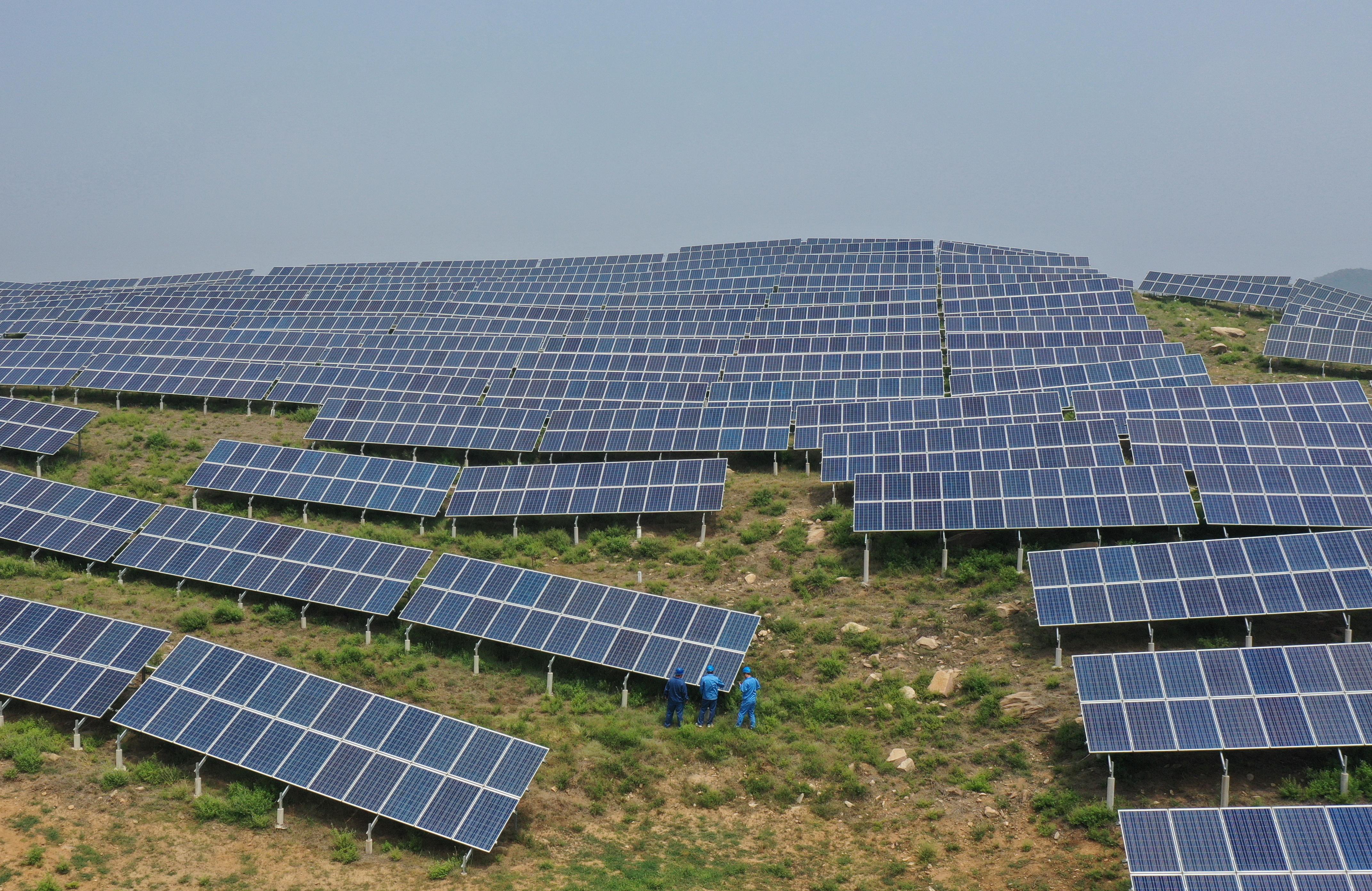BEIJING, June 30 (Xinhua) -- China's photovoltaic (PV) industry is expected to grow on fast track driven by policy support and investment cost reduction, reported stcn.com Tuesday.
Despite of the hit by the COVID-19 pandemic, insiders believe that the domestic PV construction would be better in the second half of the year, and may even usher in a new peak season for demand growth in the fourth quarter.
According to a recent announcement of China's National Energy Administration (NEA), a total of one billion yuan of bidding subsidies will be granted to 434 PV projects in certain regions with total installed capacity hitting 25.96GW.
Zhejiang, Guizhou and Shaanxi provinces boast the most projects eligible for the subsidies, with the number standing at 66, 57 and 47 respectively.
Guizhou and Hebei provinces as well as Ningxia Hui Autonomous Region boast the largest installed capacity eligible for the subsidies which stand at 5.22 million kilowatts, 4.078 million kilowatts, 3.583 million kilowatts, respectively.
NEA also set a time limit for the bidding PV projects to be connected to the gird in the announcement, clarifying that for projects failing to be connected to the grid in full capacity before the end of 2020, the subsidy of grid-connected electricity price will be reduced by 0.01 yuan/kWh every quarter after the deadline.
Those failing to achieve the goal after two quarters of the deadline shall be disqualified for the subsidy, said the announcement.
Thus, multiple institutions predict that most of the 434 projects are expected to be connected to the grid within 2020.
The launch of the bidding subsidy policy this year is earlier than that of last year, releasing positive signal for the industry.
Thanks to the earlier start of the domestic PV market, this year's market size is likely to grow significantly compared to 2019, said a person in charge of a leading listed company.
The person estimated that this year's new installed capacity of the domestic PV market would probably reach 45GW~50GW, increasing by more than 50 percent from last year.
Reduced investment cost is another stimulus for the development of the PV industry, noted the above-mentioned person.
Affected by the epidemic, prices of products throughout the industry chain have dropped significantly this year, which has in turn led to the significant investment cost decline of PV power stations, said the person.
The return on investment in PV power stations can thus reach 7 percent or exceed 8 percent, which can further attract more funds to expand the installed capacity of PV projects, added the person.
Another stimulus is that NEA encourages PV projects excluded in the subsidy scope to switch to gird parity projects.
Currently, Shandong and Hubei provinces as well as Tianjin Municipality have started applications for gird parity projects, the increase of which will serve as important supplements to the PV market this year. (Edited by Gu Shanshan with Xinhua Silk Road, gushanshan.1987@163.com)




 A single purchase
A single purchase









